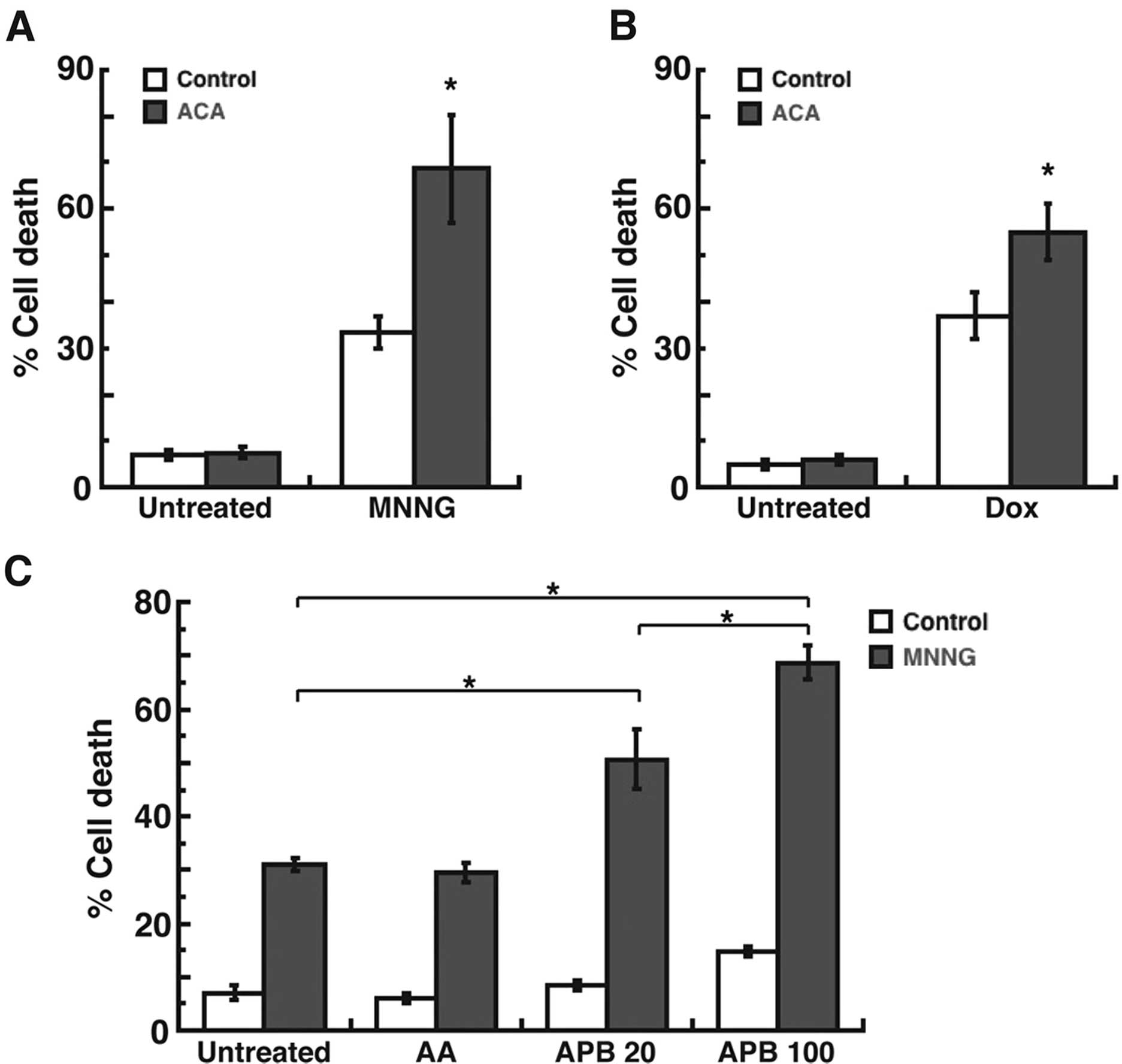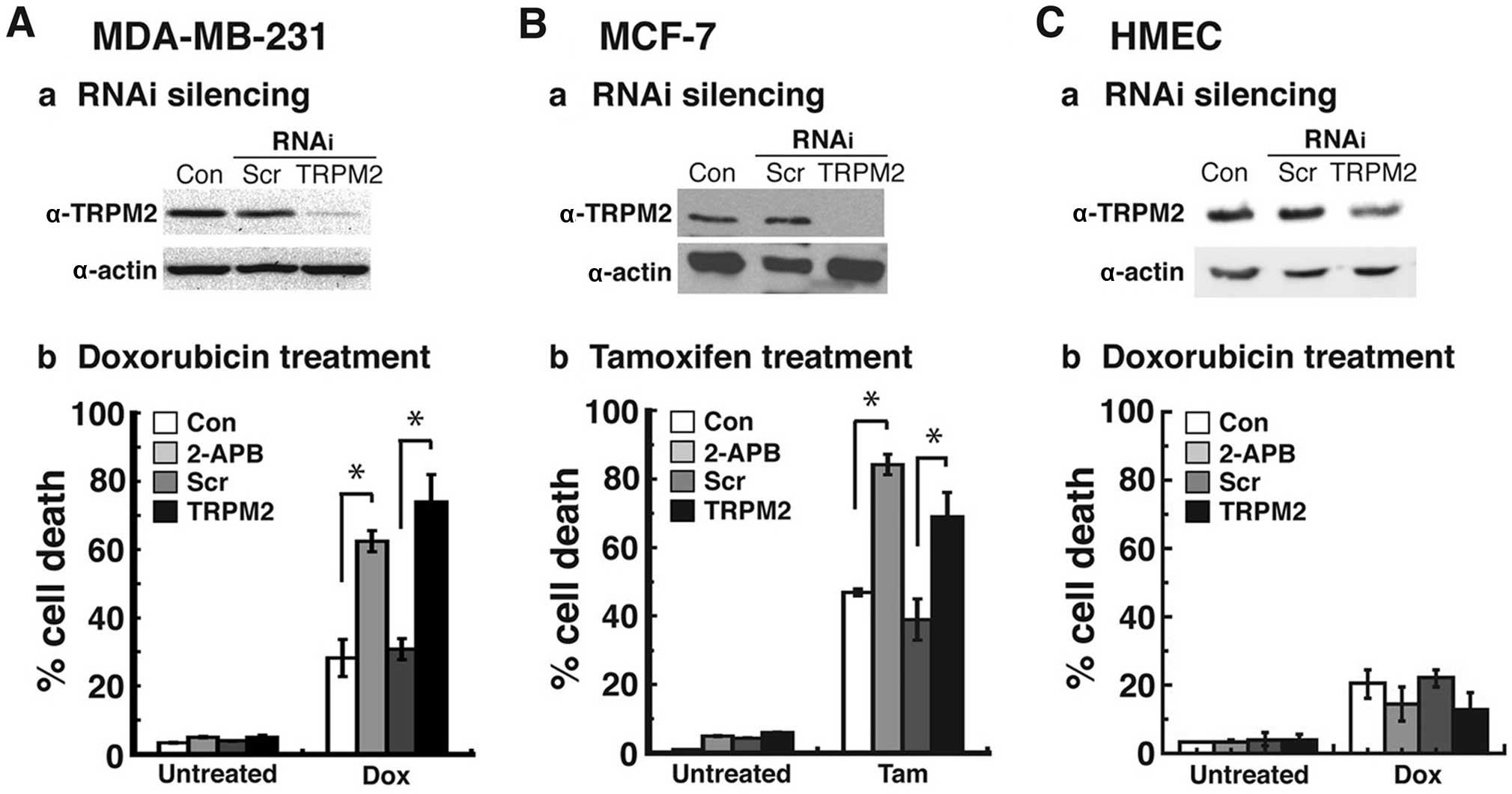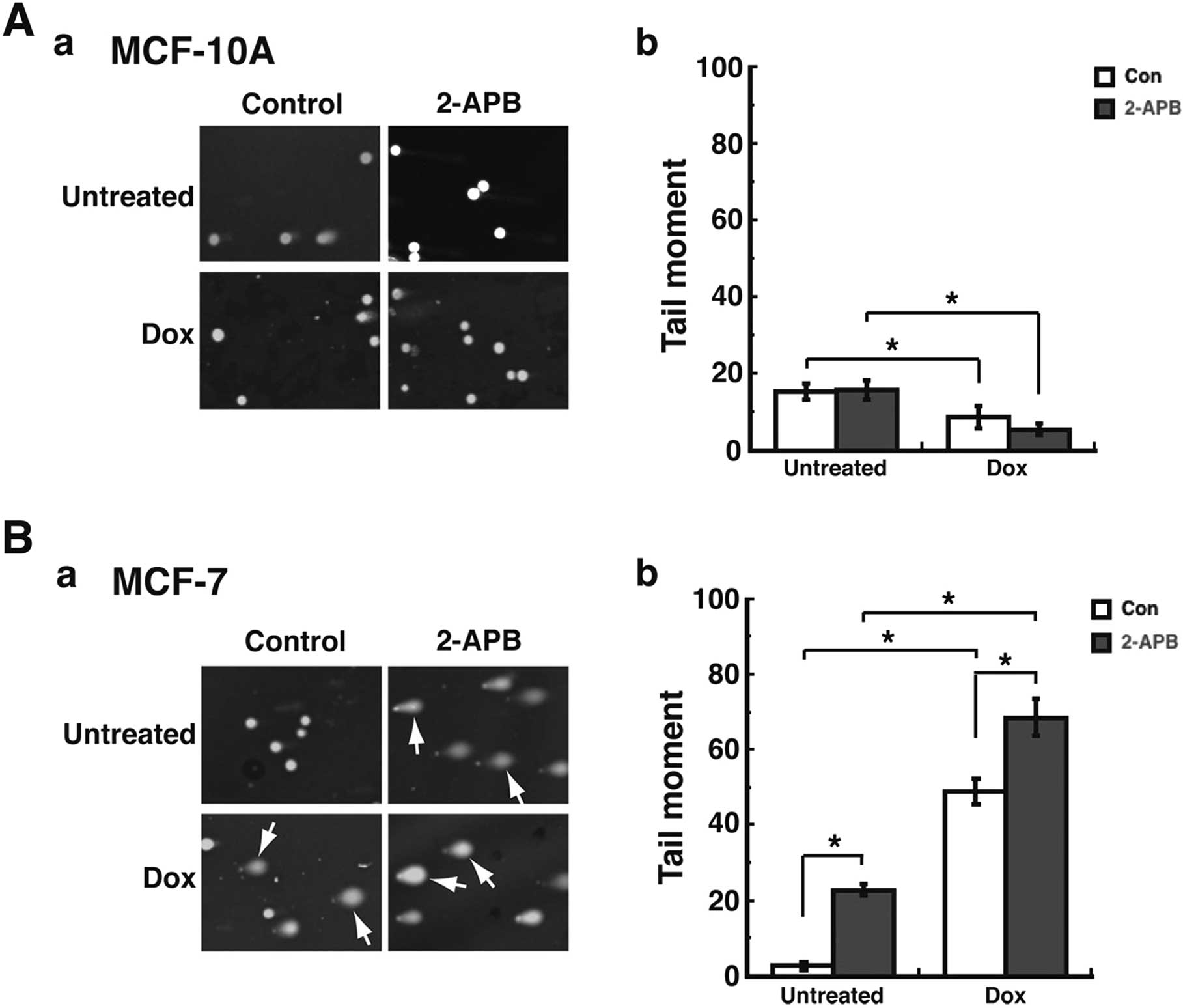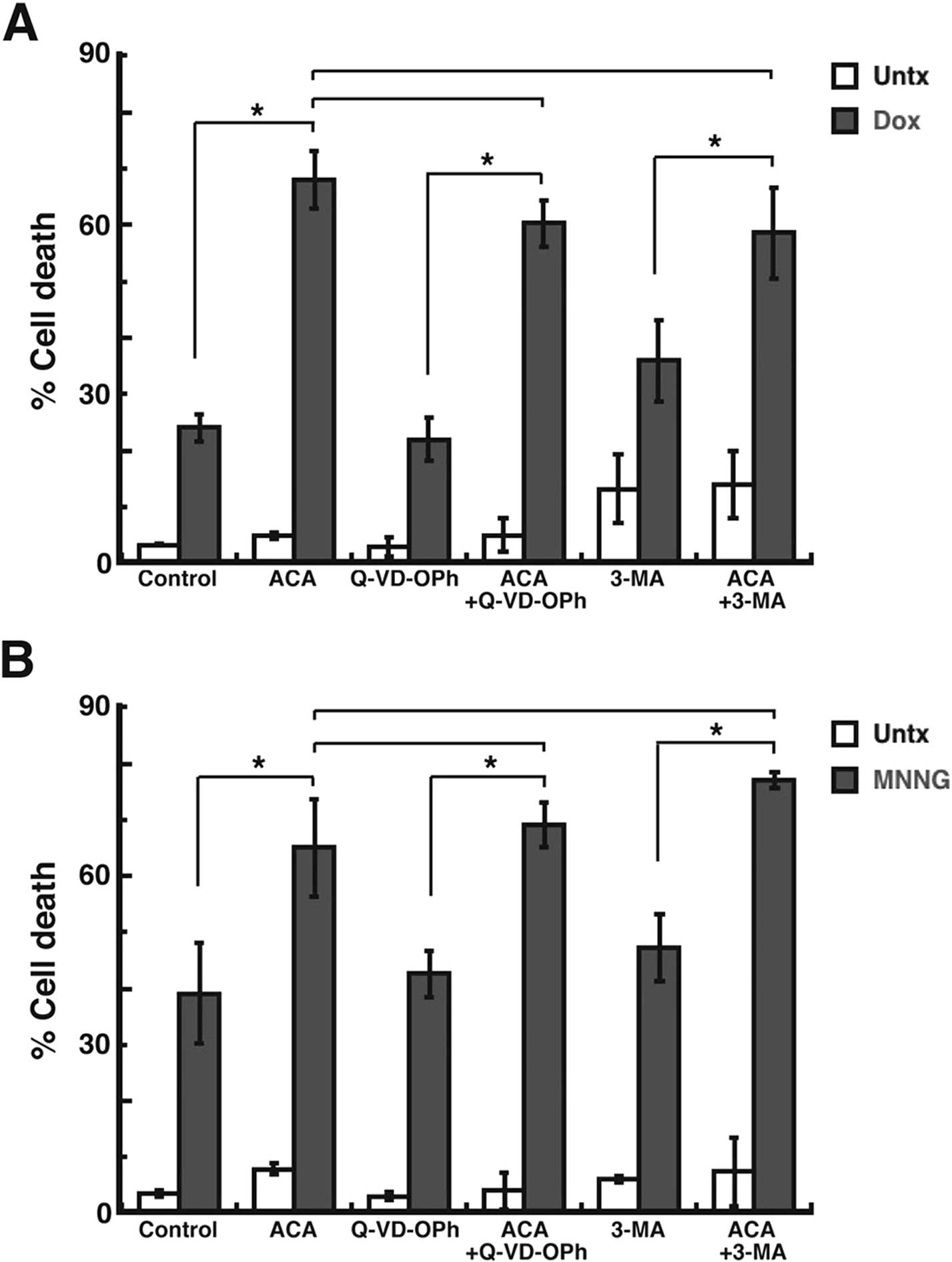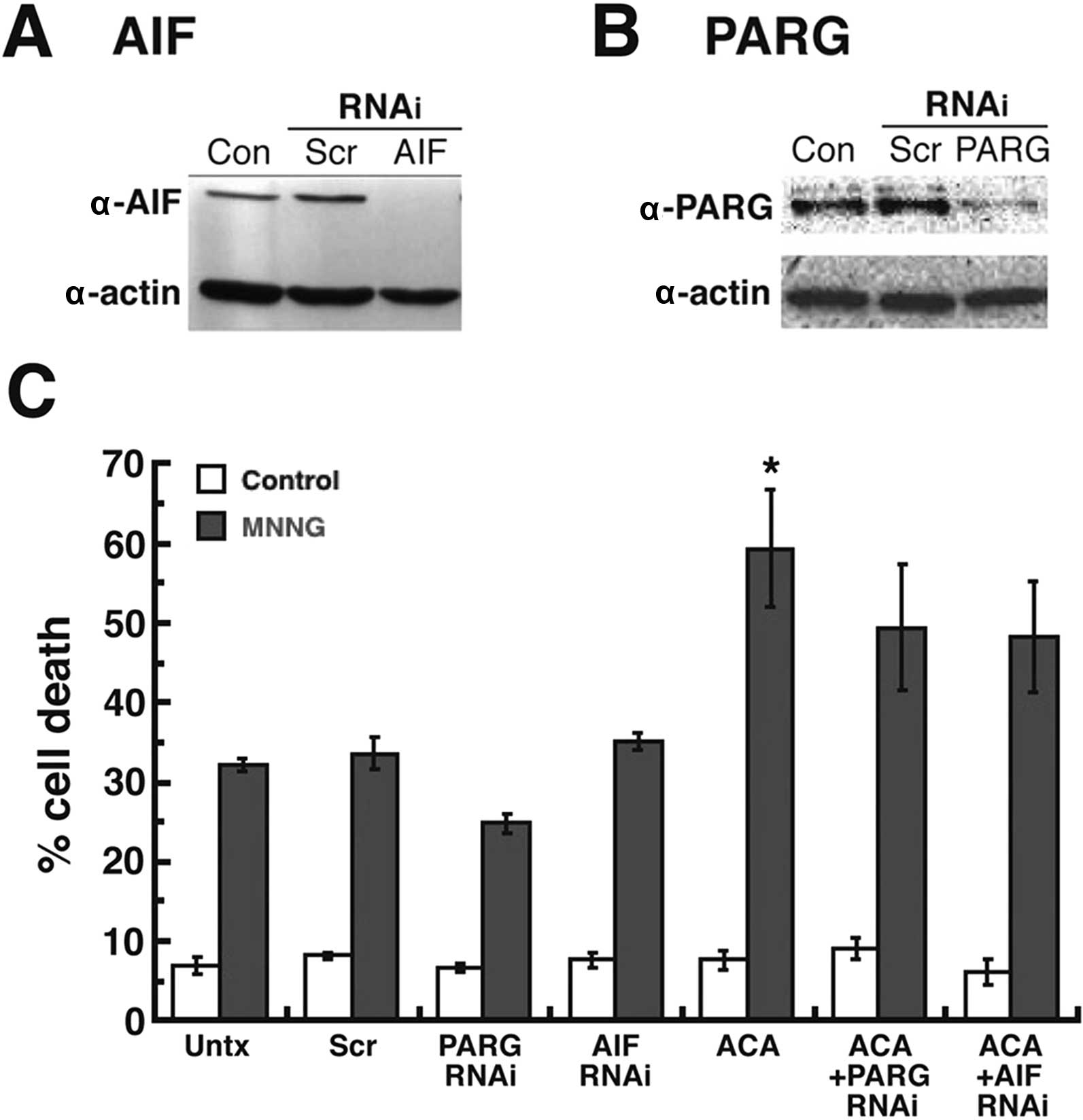|
1
|
Batist G, Harris L, Azarnia N, Lee LW and
Daza-Ramirez P: Improved anti-tumor response rate with decreased
cardiotoxicity of non-pegylated liposomal doxorubicin compared with
conventional doxorubicin in first-line treatment of metastatic
breast cancer in patients who had received prior adjuvant
doxorubicin: Results of a retrospective analysis. Anticancer Drugs.
17:587–595. 2006. View Article : Google Scholar : PubMed/NCBI
|
|
2
|
Harris LN, Broadwater G, Lin NU, Miron A,
Schnitt SJ, Cowan D, Lara J, Bleiweiss I, Berry D, Ellis M, et al:
Molecular subtypes of breast cancer in relation to paclitaxel
response and outcomes in women with metastatic disease: Results
from CALGB 9342. Breast Cancer Res. 8:R662006. View Article : Google Scholar : PubMed/NCBI
|
|
3
|
Sotiriou C, Neo SY, McShane LM, Korn EL,
Long PM, Jazaeri A, Martiat P, Fox SB, Harris AL and Liu ET: Breast
cancer classification and prognosis based on gene expression
profiles from a population-based study. Proc Natl Acad Sci USA.
100:10393–10398. 2003. View Article : Google Scholar : PubMed/NCBI
|
|
4
|
André F and Zielinski CC: Optimal
strategies for the treatment of metastatic triple-negative breast
cancer with currently approved agents. Ann Oncol. 23(Suppl 6):
vi46–vi51. 2012. View Article : Google Scholar : PubMed/NCBI
|
|
5
|
Early Breast Cancer Trialists'
Collaborative Group (EBCTCG): Effects of chemotherapy and hormonal
therapy for early breast cancer on recurrence and 15-year survival:
An overview of the randomised trials. Lancet. 365:1687–1717. 2005.
View Article : Google Scholar : PubMed/NCBI
|
|
6
|
Fisher B, Anderson S, Tan-Chiu E, Wolmark
N, Wickerham DL, Fisher ER, Dimitrov NV, Atkins JN, Abramson N,
Merajver S, et al: Tamoxifen and chemotherapy for axillary
node-negative, estrogen receptor-negative breast cancer: Findings
from National Surgical Adjuvant Breast and Bowel Project B-23. J
Clin Oncol. 19:931–942. 2001.PubMed/NCBI
|
|
7
|
Dunnwald LK, Rossing MA and Li CI: Hormone
receptor status, tumor characteristics, and prognosis: A
prospective cohort of breast cancer patients. Breast Cancer Res.
9:R62007. View
Article : Google Scholar : PubMed/NCBI
|
|
8
|
Lumachi F, Brunello A, Maruzzo M, Basso U
and Basso SM: Treatment of estrogen receptor-positive breast
cancer. Curr Med Chem. 20:596–604. 2013. View Article : Google Scholar : PubMed/NCBI
|
|
9
|
Parise CA and Caggiano V: Breast cancer
survival defined by the ER/PR/HER2 subtypes and a surrogate
classification according to tumor grade and immunohistochemical
biomarkers. J Cancer Epidemiol. 2014:4692512014. View Article : Google Scholar : PubMed/NCBI
|
|
10
|
Cory S and Adams JM: The Bcl2 family:
Regulators of the cellular life-or-death switch. Nat Rev Cancer.
2:647–656. 2002. View
Article : Google Scholar : PubMed/NCBI
|
|
11
|
Aird KM, Ghanayem RB, Peplinski S, Lyerly
HK and Devi GR: X-linked inhibitor of apoptosis protein inhibits
apoptosis in inflammatory breast cancer cells with acquired
resistance to an ErbB1/2 tyrosine kinase inhibitor. Mol Cancer
Ther. 9:1432–1442. 2010. View Article : Google Scholar : PubMed/NCBI
|
|
12
|
Wang MY, Chen PS, Prakash E, Hsu HC, Huang
HY, Lin MT, Chang KJ and Kuo ML: Connective tissue growth factor
confers drug resistance in breast cancer through concomitant
up-regulation of Bcl-xL and cIAP1. Cancer Res. 69:3482–3491. 2009.
View Article : Google Scholar : PubMed/NCBI
|
|
13
|
Nadler MJ, Hermosura MC, Inabe K, Perraud
AL, Zhu Q, Stokes AJ, Kurosaki T, Kinet JP, Penner R, Scharenberg
AM, et al: LTRPC7 is a Mg·ATP-regulated divalent cation channel
required for cell viability. Nature. 411:590–595. 2001. View Article : Google Scholar : PubMed/NCBI
|
|
14
|
Perraud AL, Fleig A, Dunn CA, Bagley LA,
Launay P, Schmitz C, Stokes AJ, Zhu Q, Bessman MJ, Penner R, et al:
ADP-ribose gating of the calcium-permeable LTRPC2 channel revealed
by Nudix motif homology. Nature. 411:595–599. 2001. View Article : Google Scholar : PubMed/NCBI
|
|
15
|
Blenn C, Wyrsch P, Bader J, Bollhalder M
and Althaus FR: Poly(ADP-ribose)glycohydrolase is an upstream
regulator of Ca2+ fluxes in oxidative cell death. Cell
Mol Life Sci. 68:1455–1466. 2011. View Article : Google Scholar :
|
|
16
|
Sun L, Yau HY, Wong WY, Li RA, Huang Y and
Yao X: Role of TRPM2 in H2O2-induced cell
apoptosis in endothelial cells. PLoS One. 7:e431862012. View Article : Google Scholar
|
|
17
|
Zhang W, Chu X, Tong Q, Cheung JY, Conrad
K, Masker K and Miller BA: A novel TRPM2 isoform inhibits calcium
influx and susceptibility to cell death. J Biol Chem.
278:16222–16229. 2003. View Article : Google Scholar : PubMed/NCBI
|
|
18
|
Lange I, Yamamoto S, Partida-Sanchez S,
Mori Y, Fleig A and Penner R: TRPM2 functions as a lysosomal
Ca2+-release channel in beta cells. Sci Signal.
2:ra232009. View Article : Google Scholar
|
|
19
|
Zhang W, Hirschler-Laszkiewicz I, Tong Q,
Conrad K, Sun SC, Penn L, Barber DL, Stahl R, Carey DJ, Cheung JY,
et al: TRPM2 is an ion channel that modulates hematopoietic cell
death through activation of caspases and PARP cleavage. Am J
Physiol Cell Physiol. 290:C1146–C1159. 2006. View Article : Google Scholar
|
|
20
|
Orfanelli U, Wenke AK, Doglioni C, Russo
V, Bosserhoff AK and Lavorgna G: Identification of novel sense and
antisense transcription at the TRPM2 locus in cancer. Cell Res.
18:1128–1140. 2008. View Article : Google Scholar : PubMed/NCBI
|
|
21
|
Chen SJ, Hoffman NE, Shanmughapriya S, Bao
L, Keefer K, Conrad K, Merali S, Takahashi Y, Abraham T,
Hirschler-Laszkiewicz I, et al: A splice variant of the human ion
channel TRPM2 modulates neuroblastoma tumor growth through
hypoxia-inducible factor (HIF)-1/2α. J Biol Chem. 289:36284–36302.
2014. View Article : Google Scholar : PubMed/NCBI
|
|
22
|
Zeng X, Sikka SC, Huang L, Sun C, Xu C,
Jia D, Abdel-Mageed AB, Pottle JE, Taylor JT and Li M: Novel role
for the transient receptor potential channel TRPM2 in prostate
cancer cell proliferation. Prostate Cancer Prostatic Dis.
13:195–201. 2010. View Article : Google Scholar :
|
|
23
|
Hopkins MM, Feng X, Liu M, Parker LP and
Koh DW: Inhibition of the transient receptor potential melastatin-2
channel causes increased DNA damage and decreased proliferation in
breast adenocarcinoma cells. Int J Oncol. 46:2267–2276.
2015.PubMed/NCBI
|
|
24
|
Hiroi T, Wajima T, Negoro T, Ishii M,
Nakano Y, Kiuchi Y, Mori Y and Shimizu S: Neutrophil TRPM2 channels
are implicated in the exacerbation of myocardial
ischaemia/reperfusion injury. Cardiovasc Res. 97:271–281. 2013.
View Article : Google Scholar
|
|
25
|
Liu T, Biddle D, Hanks AN, Brouha B, Yan
H, Lee RM, Leachman SA and Grossman D: Activation of dual apoptotic
pathways in human melanocytes and protection by survivin. J Invest
Dermatol. 126:2247–2256. 2006. View Article : Google Scholar : PubMed/NCBI
|
|
26
|
Blenn C, Althaus FR and Malanga M:
Poly(ADP-ribose) glycohydrolase silencing protects against
H2O2-induced cell death. Biochem J.
396:419–429. 2006. View Article : Google Scholar : PubMed/NCBI
|
|
27
|
Zhou Y, Feng X and Koh DW: Enhanced DNA
accessibility and increased DNA damage induced by the absence of
poly(ADP-ribose) hydrolysis. Biochemistry. 49:7360–7366. 2010.
View Article : Google Scholar : PubMed/NCBI
|
|
28
|
Hartmann A, Agurell E, Beevers C,
Brendler-Schwaab S, Burlinson B, Clay P, Collins A, Smith A, Speit
G, Thybaud V, et al 4th International Comet Assay Workshop:
Recommendations for conducting the in vivo alkaline Comet assay.
4th International Comet Assay Workshop. Mutagenesis. 18:45–51.
2003. View Article : Google Scholar
|
|
29
|
Olive PL, Banáth JP, Durand RE and Banath
JP: Heterogeneity in radiation-induced DNA damage and repair in
tumor and normal cells measured using the 'comet' assay. Radiat
Res. 122:86–94. 1990. View Article : Google Scholar : PubMed/NCBI
|
|
30
|
Pinsky SD, Tew KD, Smulson ME and Woolley
PV III: Modification of L1210 cell nuclear proteins by
1-methyl-1-nitro-sourea and 1-methyl-3-nitro-1-nitrosoguanidine.
Cancer Res. 39:923–928. 1979.PubMed/NCBI
|
|
31
|
Kraft R, Grimm C, Frenzel H and Harteneck
C: Inhibition of TRPM2 cation channels by
N-(p-amylcinnamoyl)anthranilic acid. Br J Pharmacol. 148:264–273.
2006. View Article : Google Scholar : PubMed/NCBI
|
|
32
|
Konrad RJ, Jolly YC, Major C and Wolf BA:
Inhibition of phospholipase A2 and insulin secretion in
pancreatic islets. Biochim Biophys Acta. 1135:215–220. 1992.
View Article : Google Scholar : PubMed/NCBI
|
|
33
|
Rosenthal MD, Lattanzio KS and Franson RC:
The effects of the phospholipase A2 inhibitors
aristolochic acid and PGBx on A23187-stimulated mobilization of
arachidonate in human neutrophils are overcome by diacylglycerol or
phorbol ester. Biochim Biophys Acta. 1126:319–326. 1992. View Article : Google Scholar : PubMed/NCBI
|
|
34
|
Togashi K, Inada H and Tominaga M:
Inhibition of the transient receptor potential cation channel TRPM2
by 2-aminoethoxy-diphenyl borate (2-APB). Br J Pharmacol.
153:1324–1330. 2008. View Article : Google Scholar : PubMed/NCBI
|
|
35
|
Singh NP, McCoy MT, Tice RR and Schneider
EL: A simple technique for quantitation of low levels of DNA damage
in individual cells. Exp Cell Res. 175:184–191. 1988. View Article : Google Scholar : PubMed/NCBI
|
|
36
|
Caserta TM, Smith AN, Gultice AD, Reedy MA
and Brown TL: Q-VD-Oph, a broad spectrum caspase inhibitor with
potent antiapoptotic properties. Apoptosis. 8:345–352. 2003.
View Article : Google Scholar : PubMed/NCBI
|
|
37
|
Seglen PO and Gordon PB: 3-Methyladenine:
Specific inhibitor of autophagic/lysosomal protein degradation in
isolated rat hepatocytes. Proc Natl Acad Sci USA. 79:1889–1892.
1982. View Article : Google Scholar : PubMed/NCBI
|
|
38
|
Yu SW, Wang H, Poitras MF, Coombs C,
Bowers WJ, Federoff HJ, Poirier GG, Dawson TM and Dawson VL:
Mediation of poly(ADP-ribose) polymerase-1-dependent cell death by
apoptosis-inducing factor. Science. 297:259–263. 2002. View Article : Google Scholar : PubMed/NCBI
|
|
39
|
Dantzer F, de La Rubia G, Ménissier-De
Murcia J, Hostomsky Z, de Murcia G and Schreiber V: Base excision
repair is impaired in mammalian cells lacking poly(ADP-ribose)
polymerase-1. Biochemistry. 39:7559–7569. 2000. View Article : Google Scholar : PubMed/NCBI
|
|
40
|
Trucco C, Oliver FJ, de Murcia G and
Ménissier-de Murcia J: DNA repair defect in poly(ADP-ribose)
polymerase-deficient cell lines. Nucleic Acids Res. 26:2644–2649.
1998. View Article : Google Scholar : PubMed/NCBI
|
|
41
|
Zhou Y, Feng X and Koh DW: Activation of
cell death mediated by apoptosis-inducing factor due to the absence
of poly(ADP-ribose) glycohydrolase. Biochemistry. 50:2850–2859.
2011. View Article : Google Scholar : PubMed/NCBI
|
|
42
|
Andrabi SA, Kim NS, Yu SW, Wang H, Koh DW,
Sasaki M, Klauss JA, Otsuka T, Zhang Z, Koehler RC, et al:
Poly(ADP-ribose) (PAR) polymer is a death signal. Proc Natl Acad
Sci USA. 103:18308–18313. 2006. View Article : Google Scholar : PubMed/NCBI
|
|
43
|
Buelow B, Song Y and Scharenberg AM: The
Poly(ADP-ribose) polymerase PARP-1 is required for oxidative
stress-induced TRPM2 activation in lymphocytes. J Biol Chem.
283:24571–24583. 2008. View Article : Google Scholar : PubMed/NCBI
|
|
44
|
Miller BA, Hoffman NE, Merali S, Zhang XQ,
Wang J, Rajan S, Shanmughapriya S, Gao E, Barrero CA,
Mallilankaraman K, et al: TRPM2 channels protect against cardiac
ischemia-reperfusion injury: Role of mitochondria. J Biol Chem.
289:7615–7629. 2014. View Article : Google Scholar : PubMed/NCBI
|















